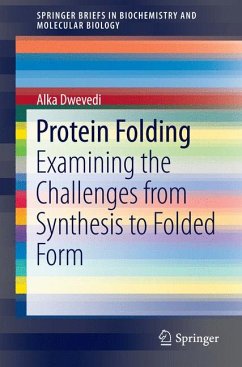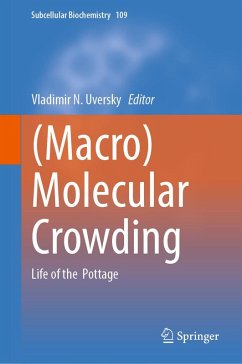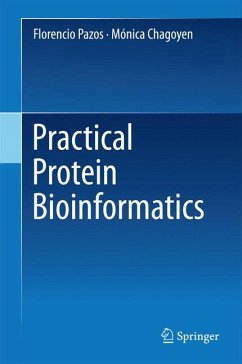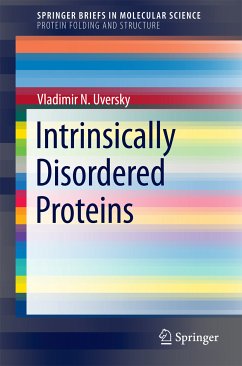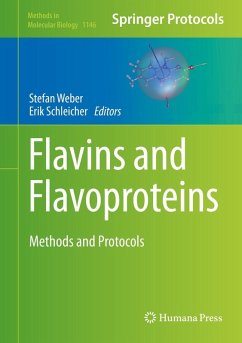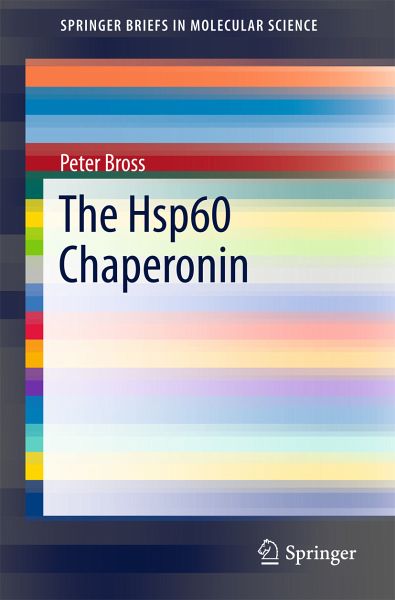
The Hsp60 Chaperonin (eBook, PDF)
Versandkostenfrei!
Sofort per Download lieferbar
40,95 €
inkl. MwSt.
Weitere Ausgaben:

PAYBACK Punkte
20 °P sammeln!
In this unique overview of the Hsp60 chaperonin, Peter Bross addresses molecular biologists, medical research scientists and individuals interested in molecular or general biology. First, Bross discusses the basics of the Hsp60 chaperonin in terms of its structure and the molecular mechanisms determining its function. Second, the author highlights the multiple roles of Hsp60 for cellular systems and regulatory pathways, especially in connection with neurodegenerative diseases caused by Hsp60 deficiency. Finally, the author highlights controversial observations suggesting additional, non-standa...
In this unique overview of the Hsp60 chaperonin, Peter Bross addresses molecular biologists, medical research scientists and individuals interested in molecular or general biology. First, Bross discusses the basics of the Hsp60 chaperonin in terms of its structure and the molecular mechanisms determining its function. Second, the author highlights the multiple roles of Hsp60 for cellular systems and regulatory pathways, especially in connection with neurodegenerative diseases caused by Hsp60 deficiency. Finally, the author highlights controversial observations suggesting additional, non-standard functions of Hsp60 in and outside mitochondria as well as possible gaps in our understanding of the chaperonin. This volume serves as a snapshot suitable for experienced researcher working in fields related to molecular chaperones yet still accessible to researchers entering the field.
Dieser Download kann aus rechtlichen Gründen nur mit Rechnungsadresse in A, B, BG, CY, CZ, D, DK, EW, E, FIN, F, GR, HR, H, IRL, I, LT, L, LR, M, NL, PL, P, R, S, SLO, SK ausgeliefert werden.



